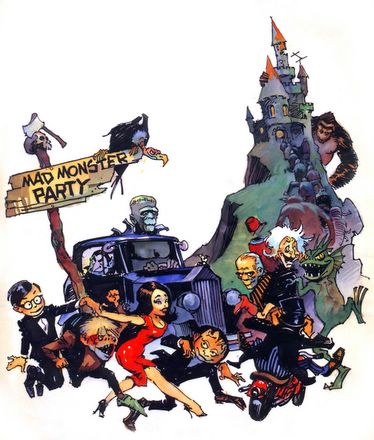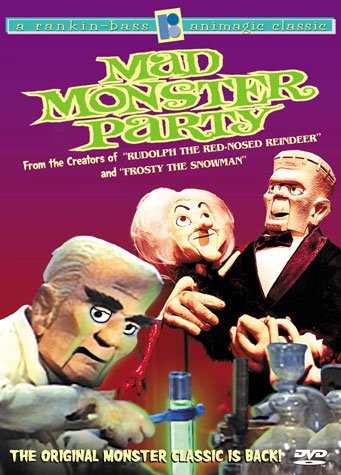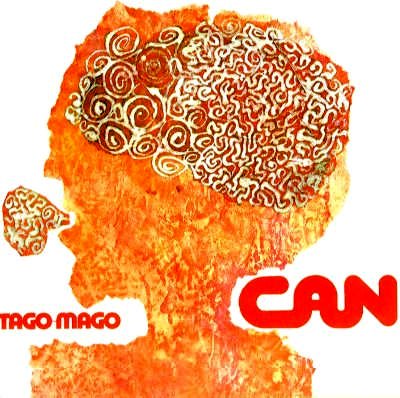 Can - Tago Mago Spoon - Music - Gema LC 7395Holger Czukay/bass; Michael Karoli/guitar; Jaki Liebezeit/drums; Irmin Schmidt/keyboards; Damo Suzuki/vocals
Can - Tago Mago Spoon - Music - Gema LC 7395Holger Czukay/bass; Michael Karoli/guitar; Jaki Liebezeit/drums; Irmin Schmidt/keyboards; Damo Suzuki/vocals Keyboardist Irmin Schmidt had visited America in 1966, hooking up with the Fluxus musicians (Terry Riley, La Monte Young, et al.) and becoming inspired to form a rock band. He and bassist Holger Czukay (who would issue 1969's Canaxis, which used primitive sampling technology) were keen to incorporate experimental composition and compositional theories into a rock setting, and when Czukay's student Michael Karoli turned them onto Jimi Hendrix and the Beatles, the band's fate was sealed.”
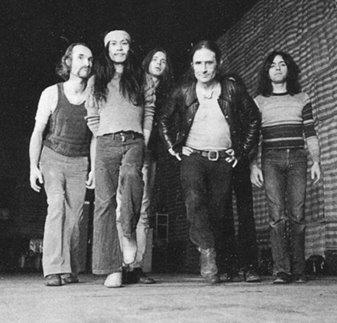
Can in 1972: Holger Czukay, Damo Suzuki, Michael Karoli, Irmin Schmidt, Jaki Liebezeit. Link
“1971's Tago Mago saw Can stretching out into the beyond, and it was their first full-length studio record to feature Suzuki. 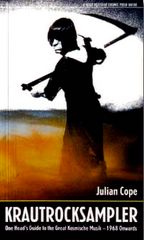
"Aumgn" and "Peking O" are the most experimental tracks in the Can catalog, sharing more in common with the irreverent electronic music of Stockhausen or Pierre Henry than most anything related to rock-- Ummagumma was a possible exception. Of course, when the epic "Halleluwah" starts with Liebezeit's industrial strength funk pattern before winding through dark, echo-chamber ambience and minimalist drone (while never letting you forget those drums), the detours seem a lot less harrowing. The shorter songs, like the gray, faintly ominous "Paperhouse" or the flawless funk and dark impressionism on "Mushroom", are merely smaller pieces of the band's most exotic pie.”
Info from Pitchfork.com and The Freak Zone.
This week
Stuart Maconie’s Freak Zone on BBC 6 presented a 3 hour show on ‘Krautrock’ (or Kosmische Musik if you prefer) and featured an hour with
Julian Cope (author of the excellent and highly recommended ‘Krautrocksampler’). Tago Mago by
Can was the featured LP, but
Faust,
Tangerine Dream,
Popol Vuh,
La Dusseldof, and
Eloy all put in appearance, as did a few surprises.
You can still listen to the show for the rest of this week HERE.
Brian Eno made this odd little 60 sec. video to honour Can:
















